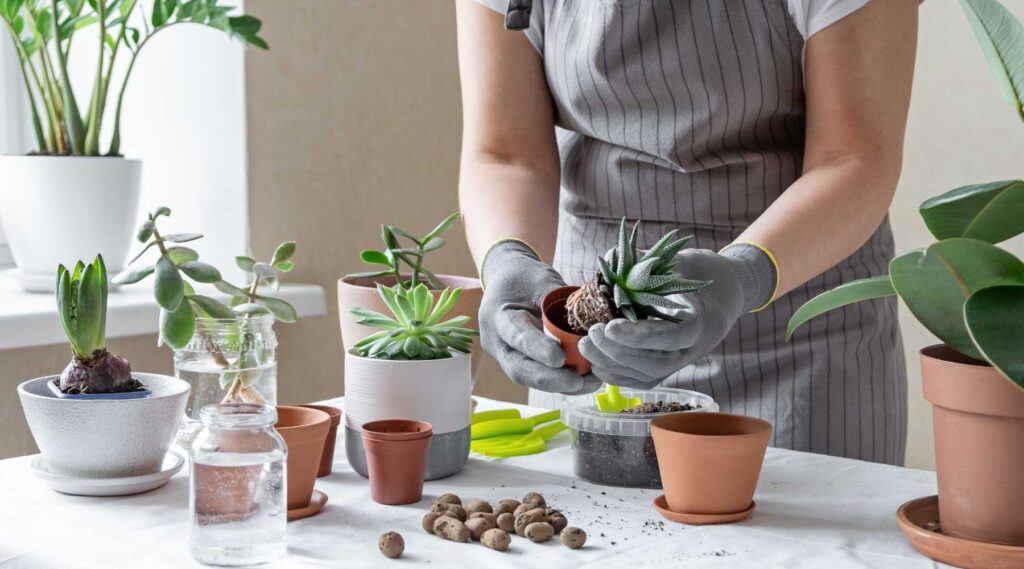Choosing the right planter pot is crucial for the health and aesthetics of your plants. With so many options available, from materials and sizes to drainage and style, it can be overwhelming to make the right choice. In this guide, we’ll break down the key factors to consider when selecting the perfect planter pot for your plants.
Material
Planter pots come in a variety of materials, each with its own advantages and considerations:
- Clay or Terracotta: Clay pots are porous, allowing air and moisture to pass through the walls, which can benefit plant roots. However, they can also dry out quickly and may require more frequent watering.
- Ceramic: Ceramic pots are durable and come in a wide range of colors and designs, making them a popular choice for indoor plants. They typically retain moisture better than clay pots but may be heavier and more prone to breakage.
- Plastic: Plastic pots are lightweight, affordable, and often come with built-in drainage holes. They retain moisture well and are easy to clean, but may not offer as much breathability for plant roots as other materials.
- Metal: Metal pots, such as those made from galvanized steel or copper, can add a contemporary or industrial touch to your plant display. However, they may heat up quickly in direct sunlight, which can affect plant roots.
- Wood: Wooden pots, particularly those made from cedar or redwood, are naturally rot-resistant and can add warmth and texture to your plant display. However, they may deteriorate over time if not properly sealed and maintained.
Size
The size of your planter pot is important for the health and growth of your plants. Choose a pot that provides enough space for your plant’s roots to spread out comfortably. As a general rule, the diameter of the pot should be at least 1-2 inches larger than the diameter of the plant’s root ball. If you’re planting multiple plants in the same pot, make sure there’s enough space for each plant to grow without overcrowding.

Drainage
Proper drainage is essential for preventing waterlogged soil and root rot. Look for pots with drainage holes in the bottom to allow excess water to escape freely. If you’re using a decorative pot without drainage holes, consider placing a layer of gravel or broken pottery shards at the bottom to create a drainage layer. Alternatively, use a plastic liner or cache pot inside the decorative pot to catch excess water.
Style
Consider the overall aesthetic of your indoor or outdoor space when choosing a planter pot. Opt for pots that complement your existing decor and reflect your personal style. From sleek and modern to rustic and vintage-inspired, there are endless options to choose from to suit any design preference.
Maintenance
Finally, consider the maintenance requirements of the planter pot. Some materials may require more frequent cleaning or sealing to maintain their appearance, while others may be more low-maintenance. Choose a pot that fits your lifestyle and gardening habits to ensure long-term enjoyment.
By considering these key factors – material, size, drainage, style, and maintenance – you can choose the perfect planter pot for your plants that not only provides the ideal growing conditions but also enhances the beauty of your indoor or outdoor space.






